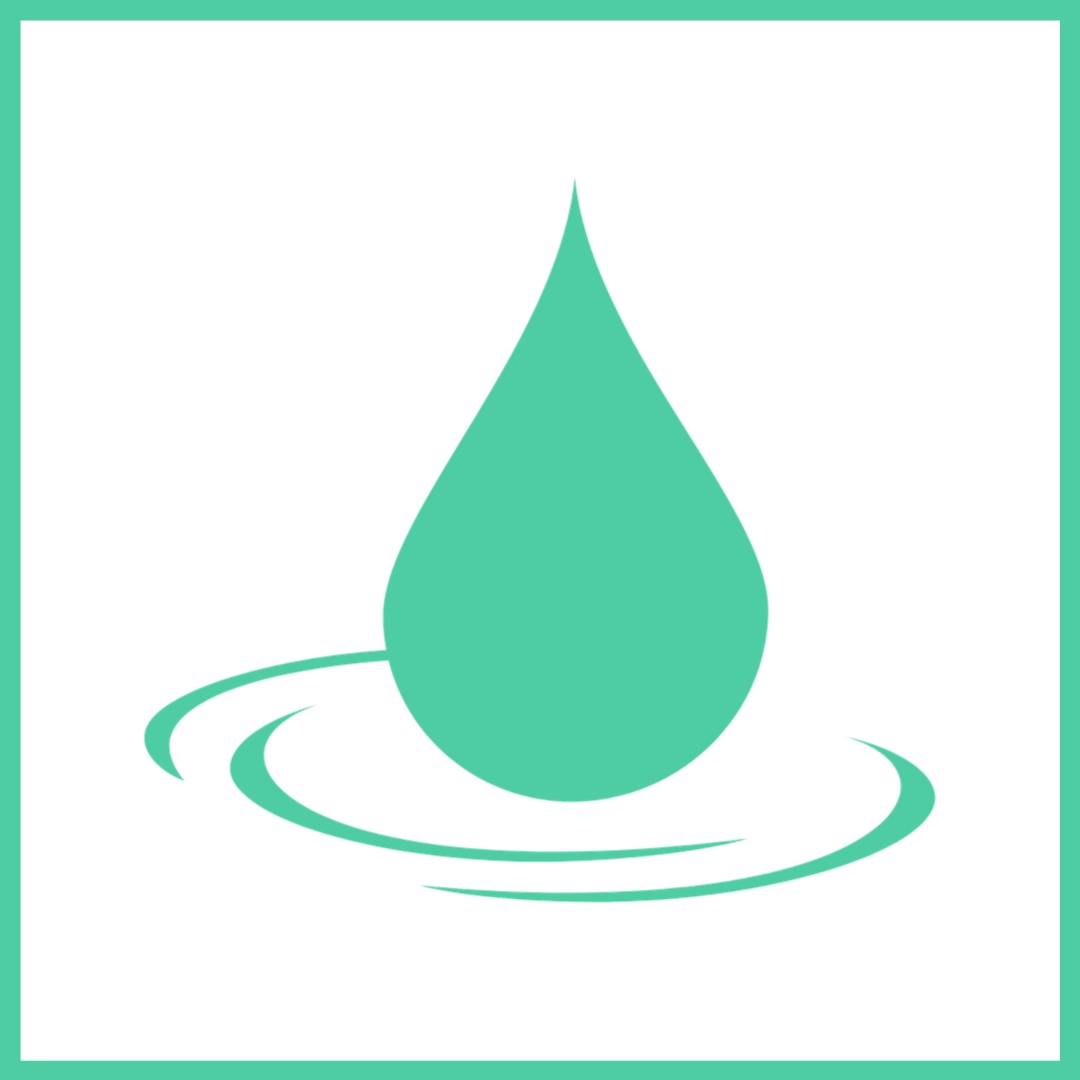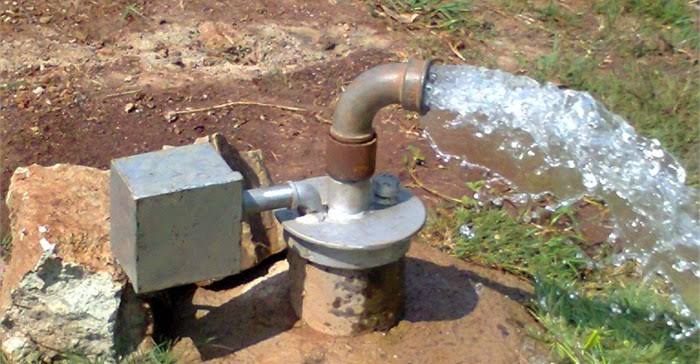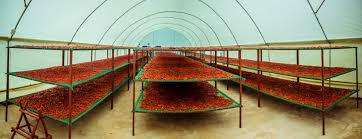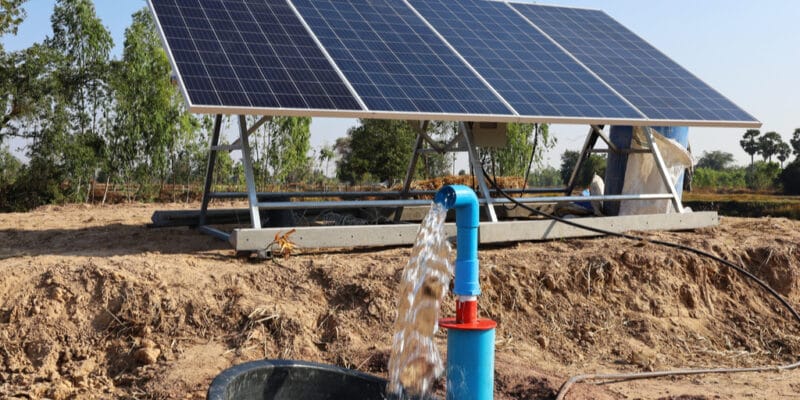Borehole pumping systems consist of a well or borehole drilled deep into the ground, typically ranging from tens to hundreds of meters in depth. These boreholes tap into underground aquifers, which are natural reservoirs of groundwater. Within the borehole, a submersible pump is installed, designed to sit submerged…
In recent years, sustainable and energy-efficient technologies have gained immense popularity, and solar dryers are no exception. Traditional drying methods, such as sun-drying or using fossil fuel-powered dryers, have their limitations. Sun-drying is weather-dependent and can be inefficient, while fossil fuel dryers contribute to carbon emissions and energy…
Solar irrigation is the use of the sun's energy to power the pump used during irrigation. In the past, solar irrigation was mostly used in areas where there was no electricity but in recent times where most people have access to electricity, solar irrigation is still being widely…
Borehole is a small, open, narrow shaft that is drilled into the ground, horizontally or vertically, to access water. It is how you get access to pure underground water that is naturally flowing. When it rains, the rainwater seeps through the layers of soil and rock and is…
Solar irrigation uses the sun's energy to power a pump which supplies water to crops and increases yields and profits for small farms. Solar irrigation system works when the pumps used for transporting the water are equipped with solar cells. Here, the solar energy absorbed by the cells…
As electricity prices continue to skyrocket and power becomes more unreliable in Kenya,more people are thinking of alternatives to the problem. Home owners, business and commercial centers are making the switch to solar power due to its high reliability, cost effectiveness and ability to produce one’s own energy.…





